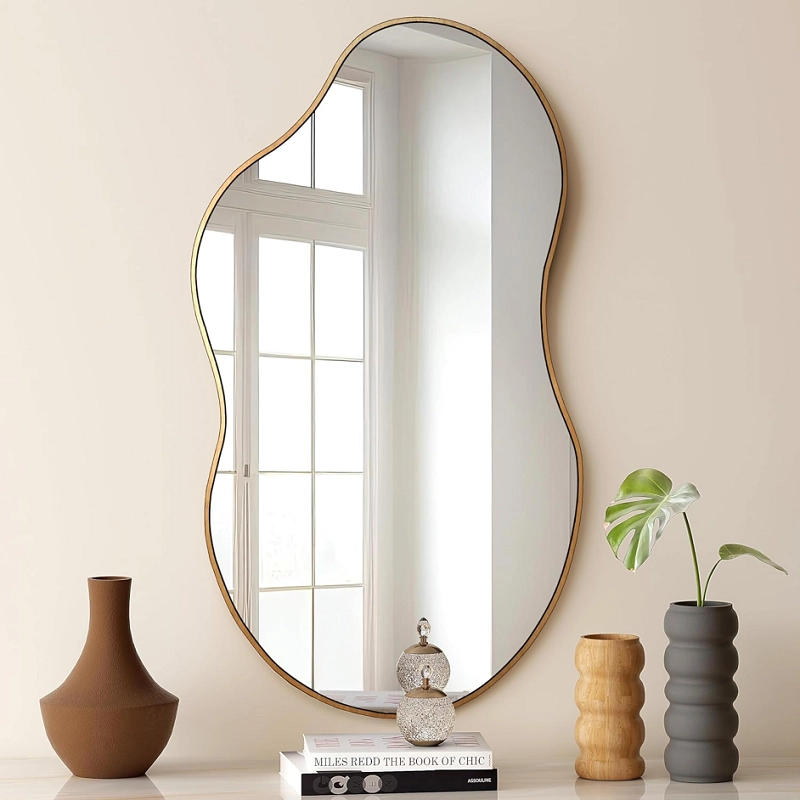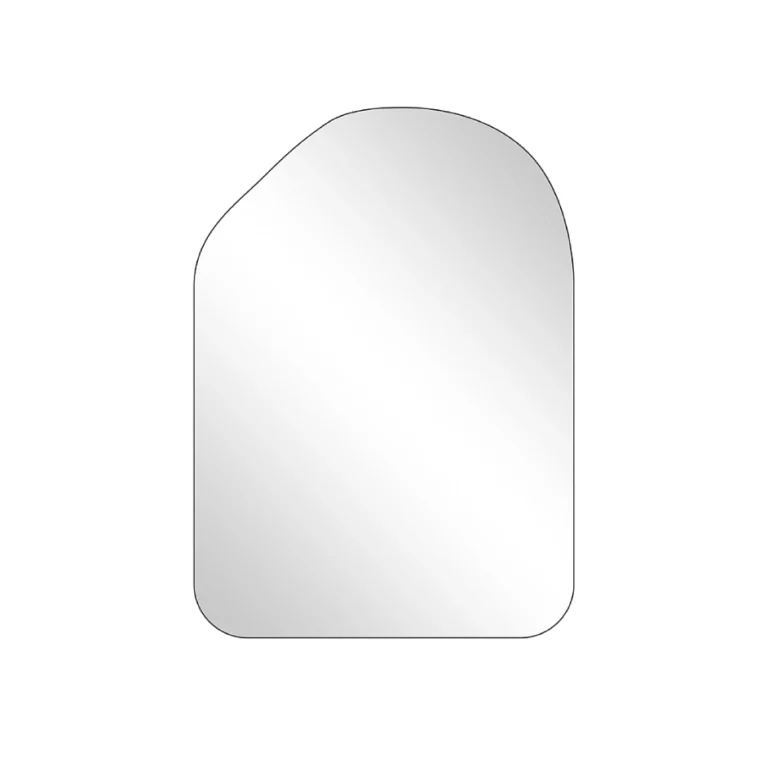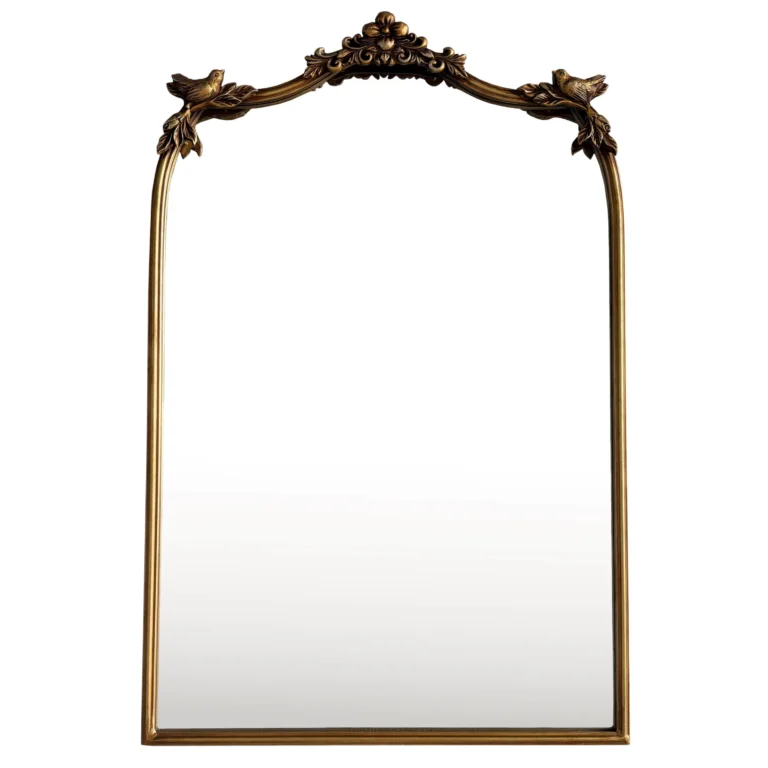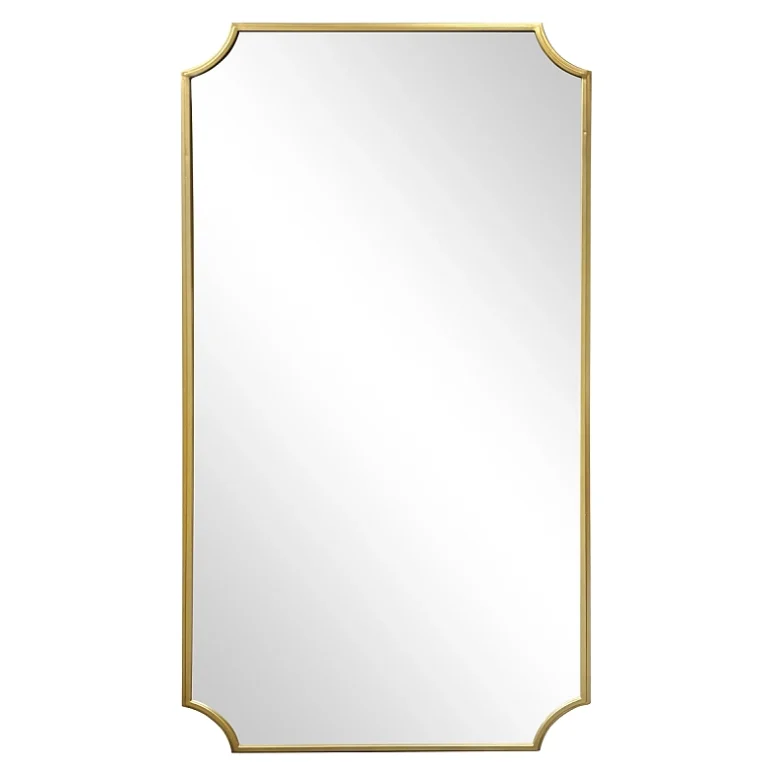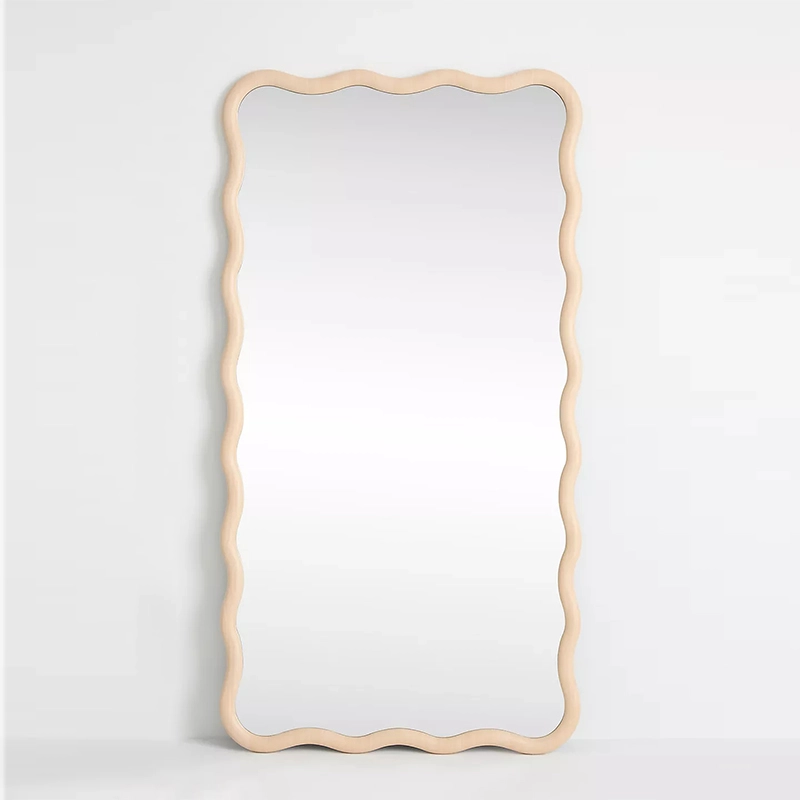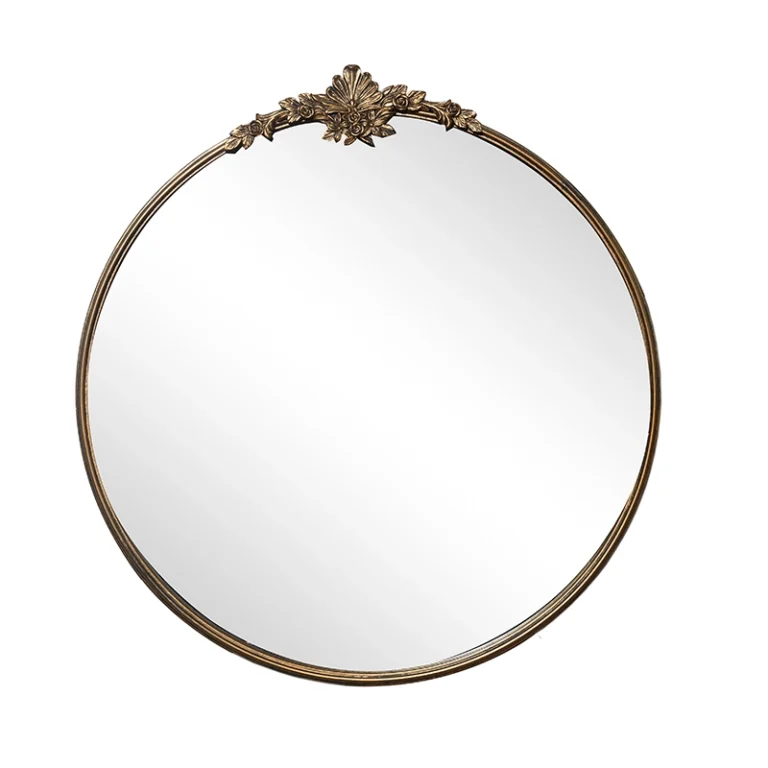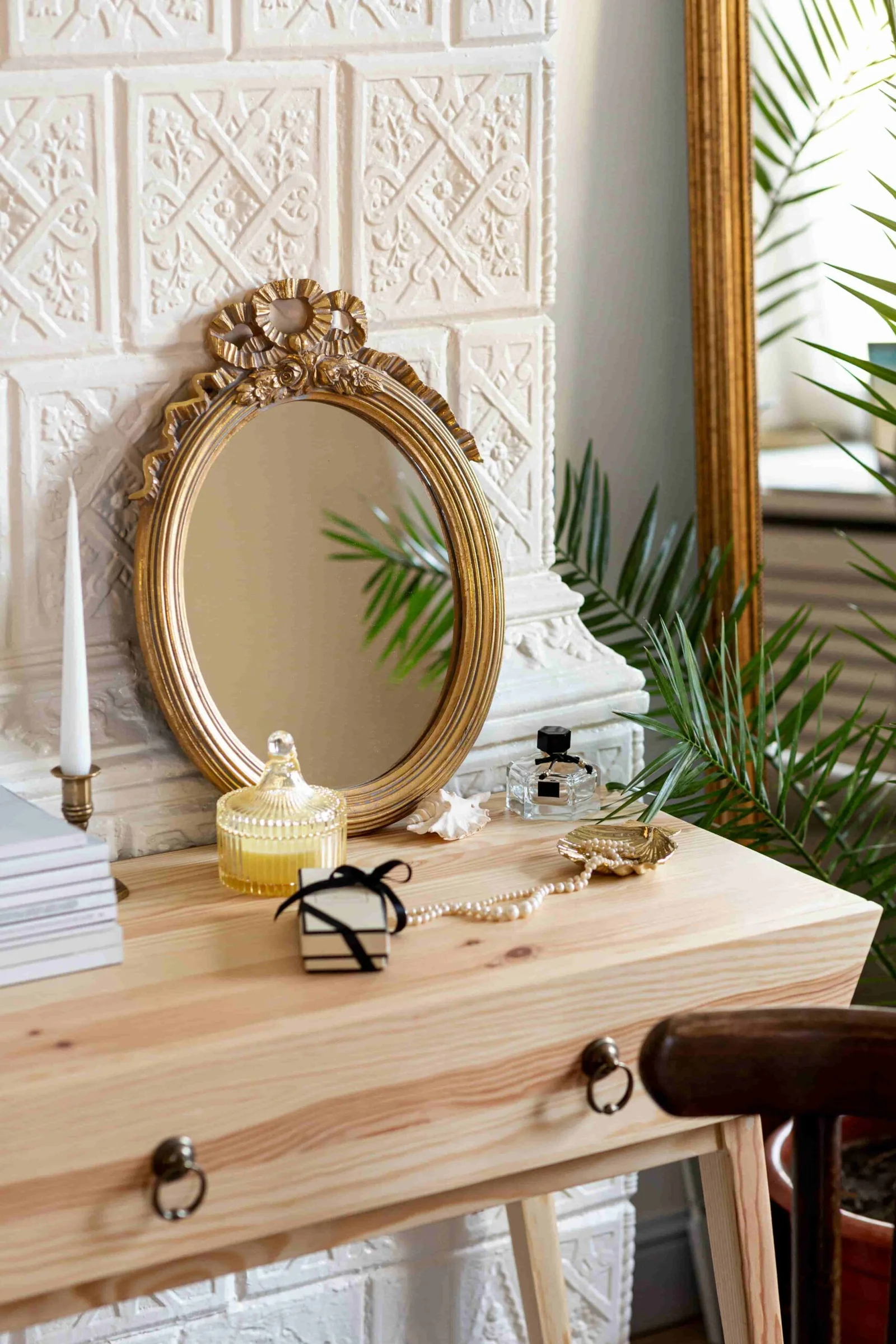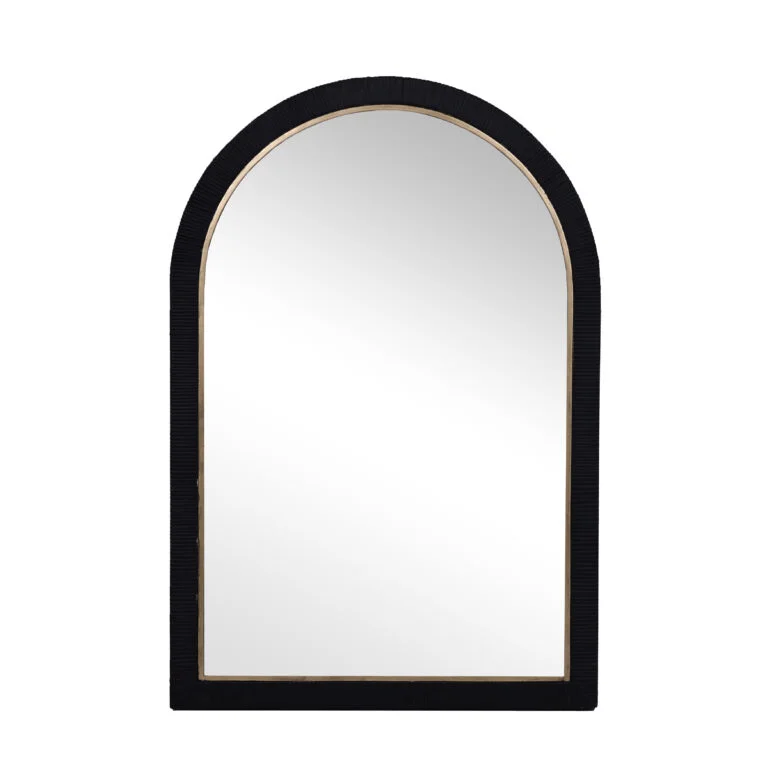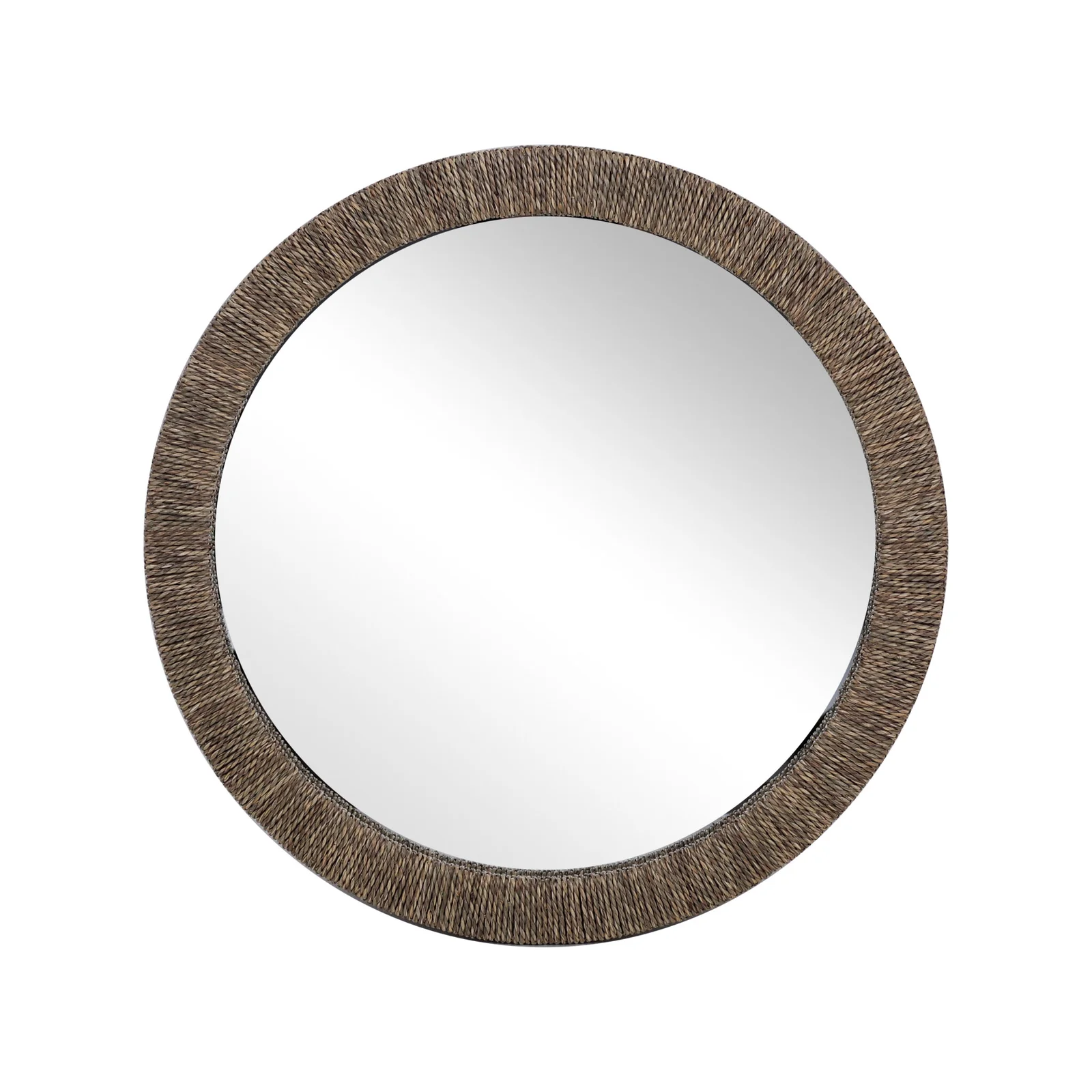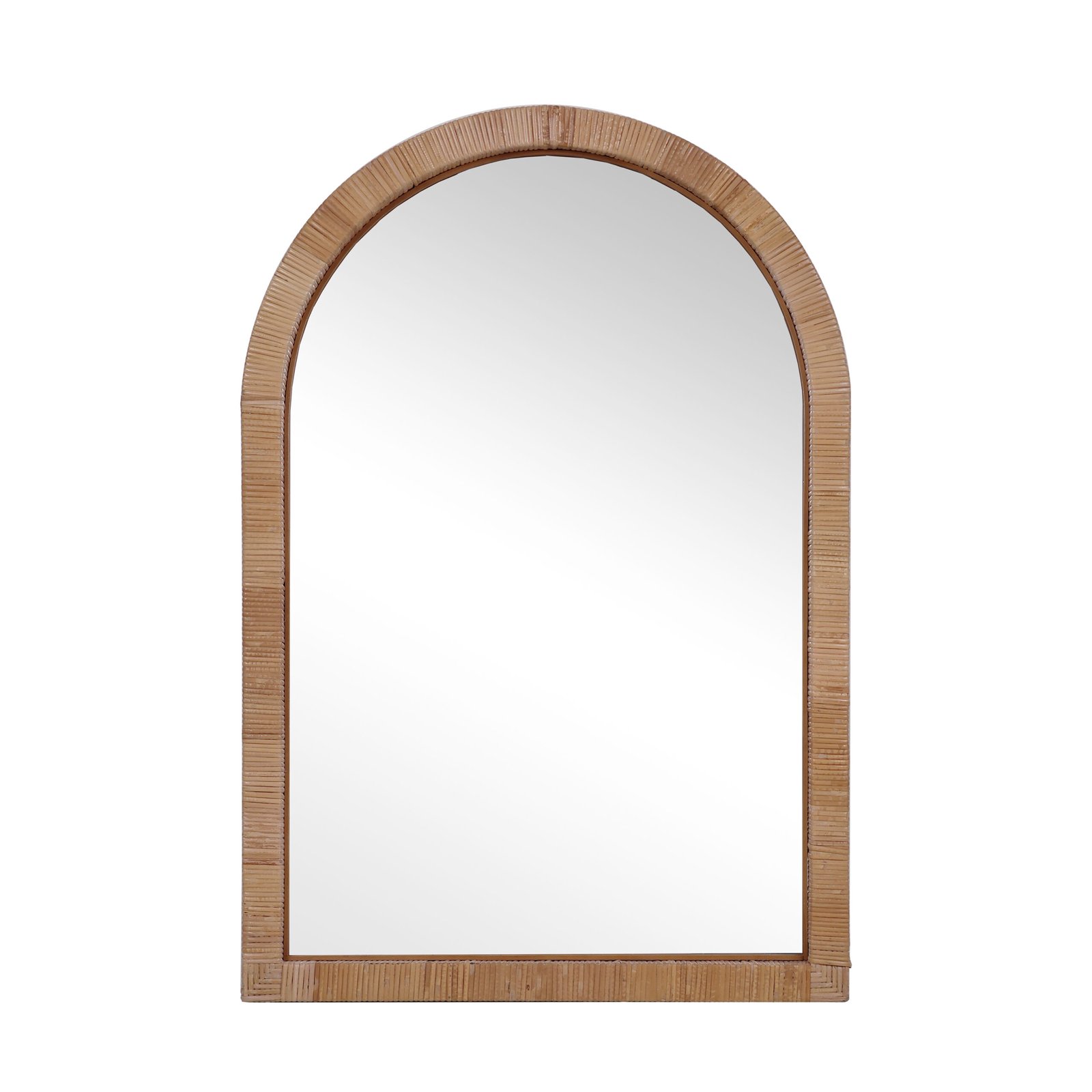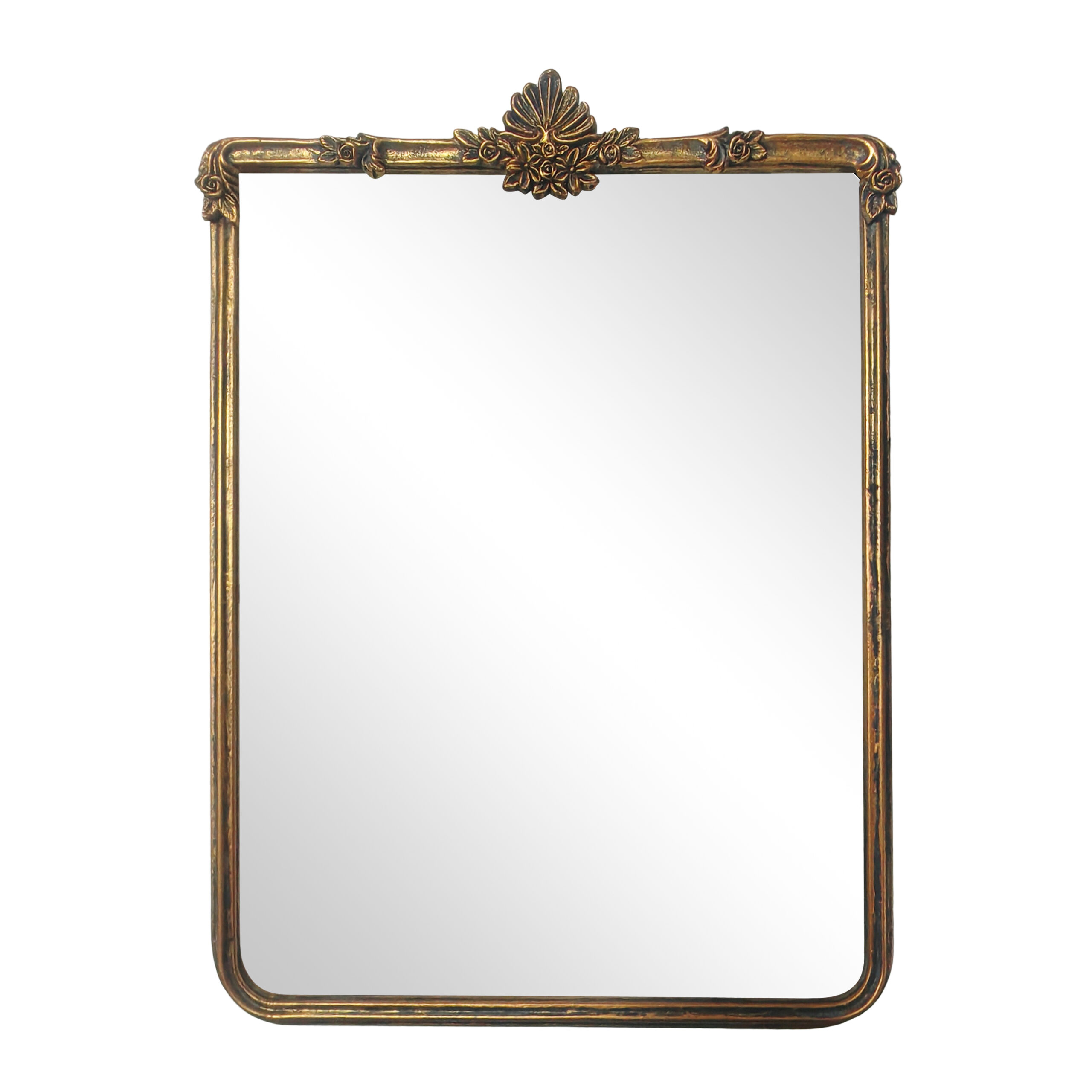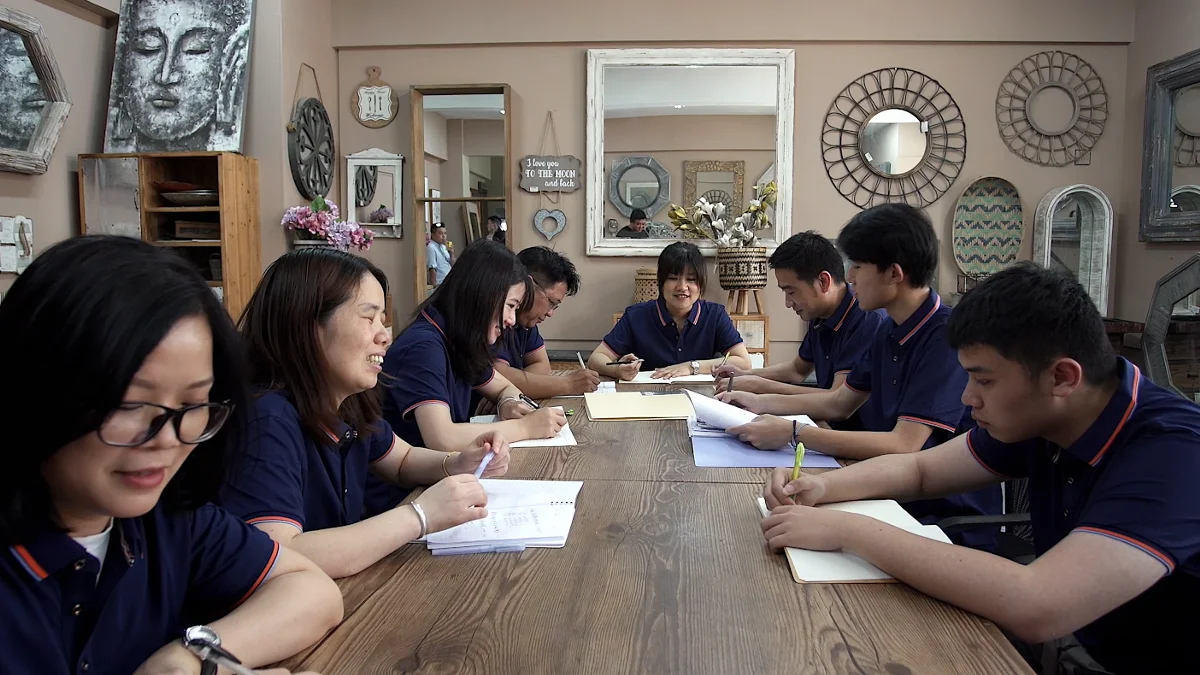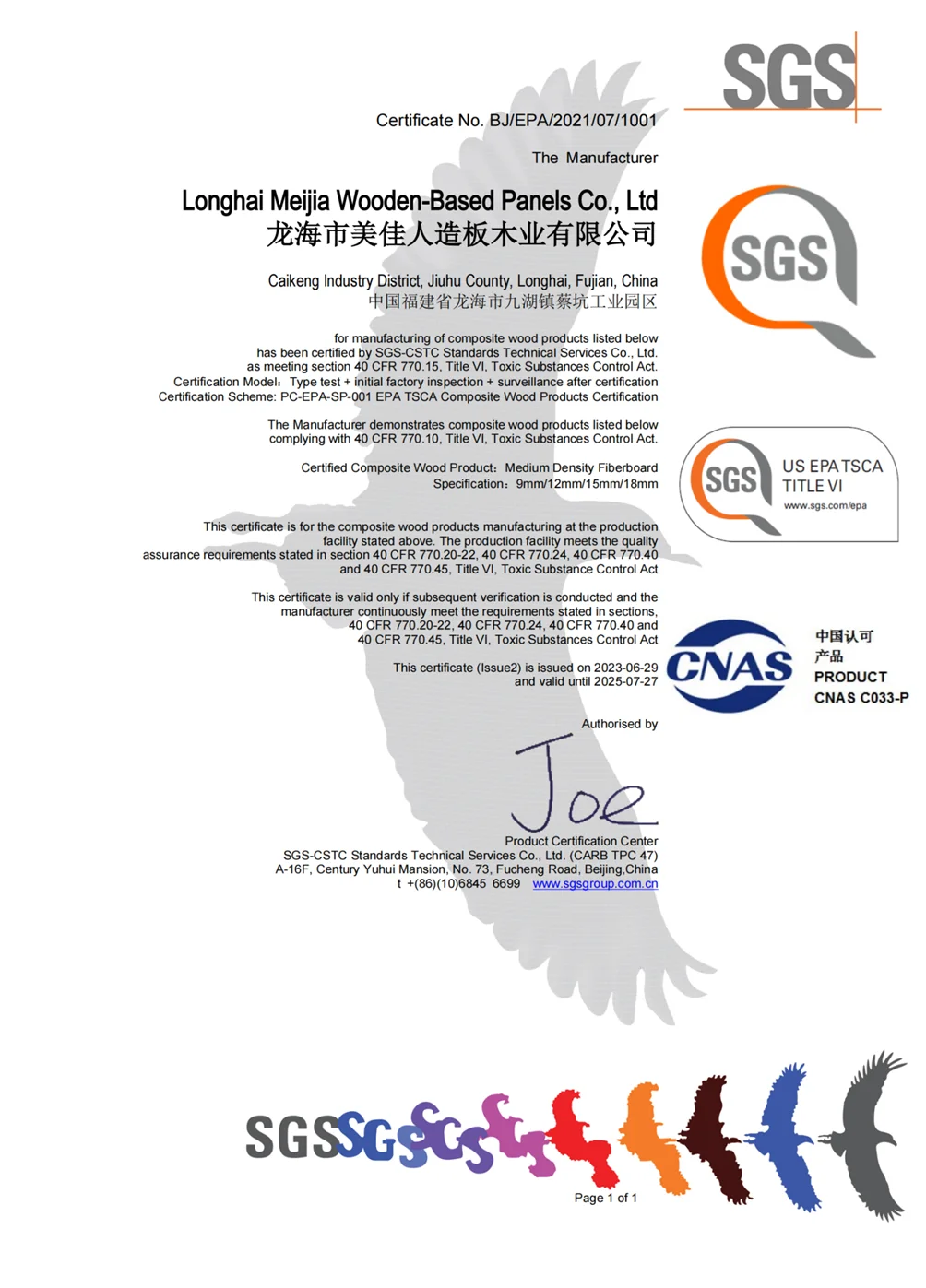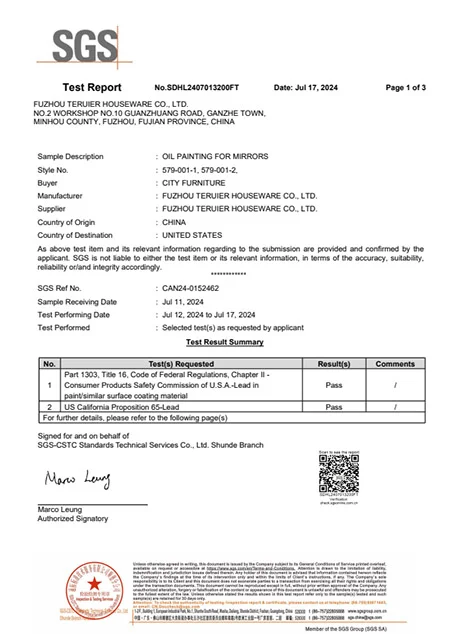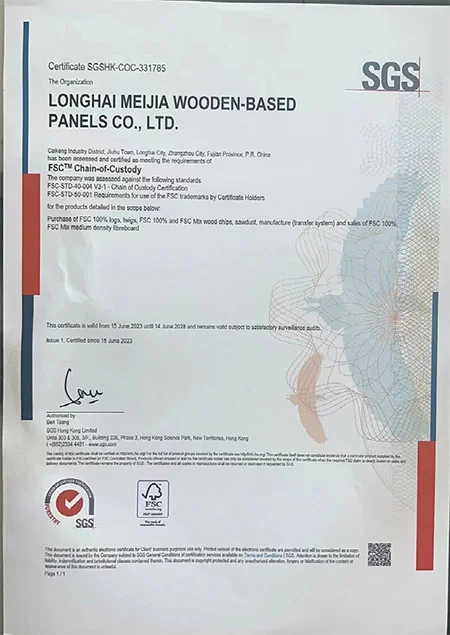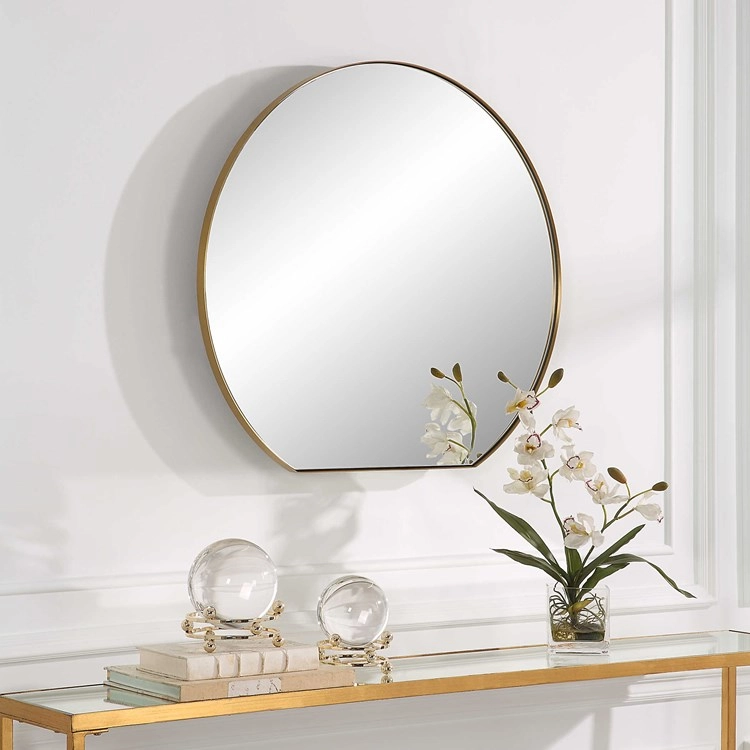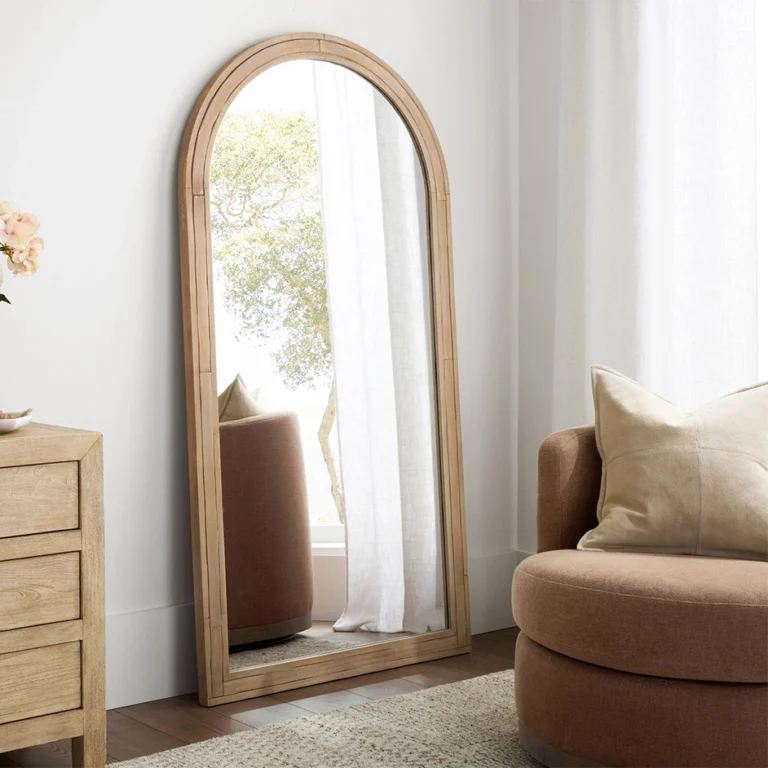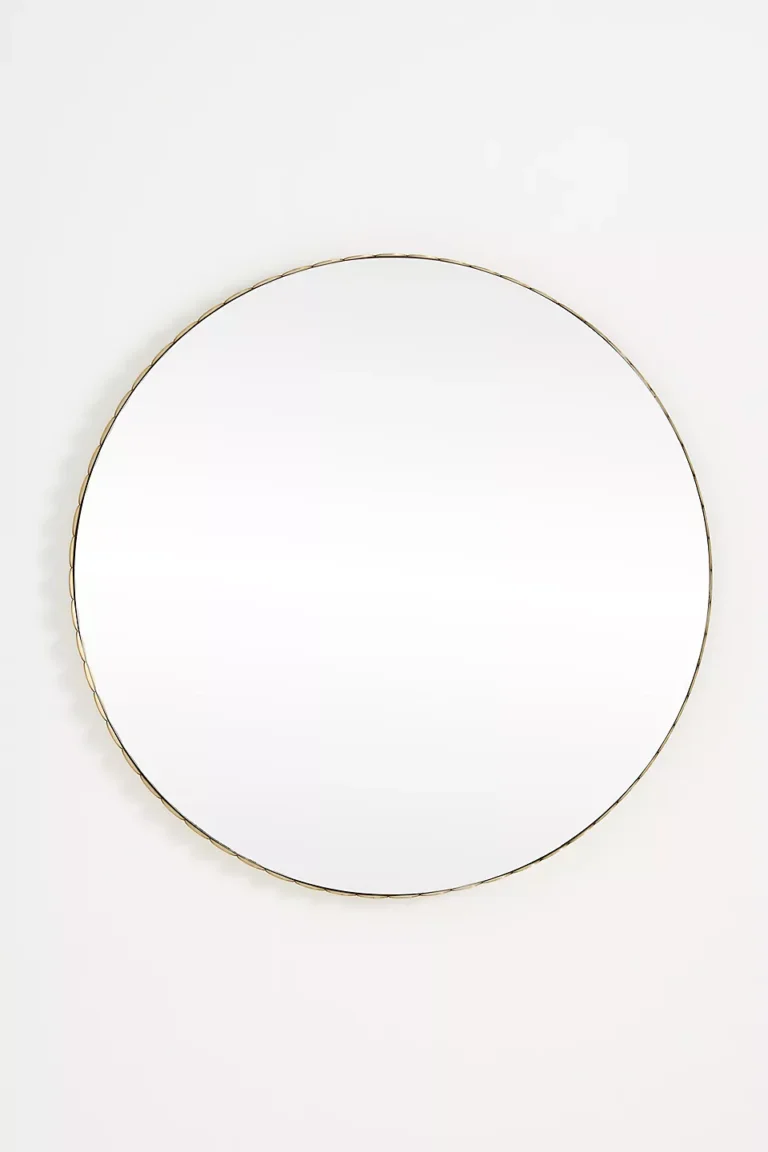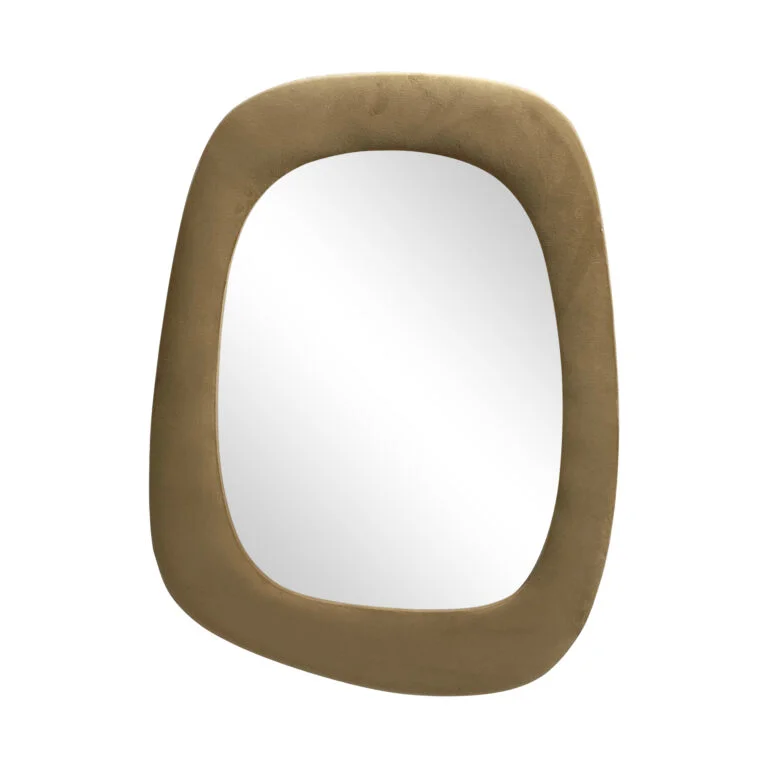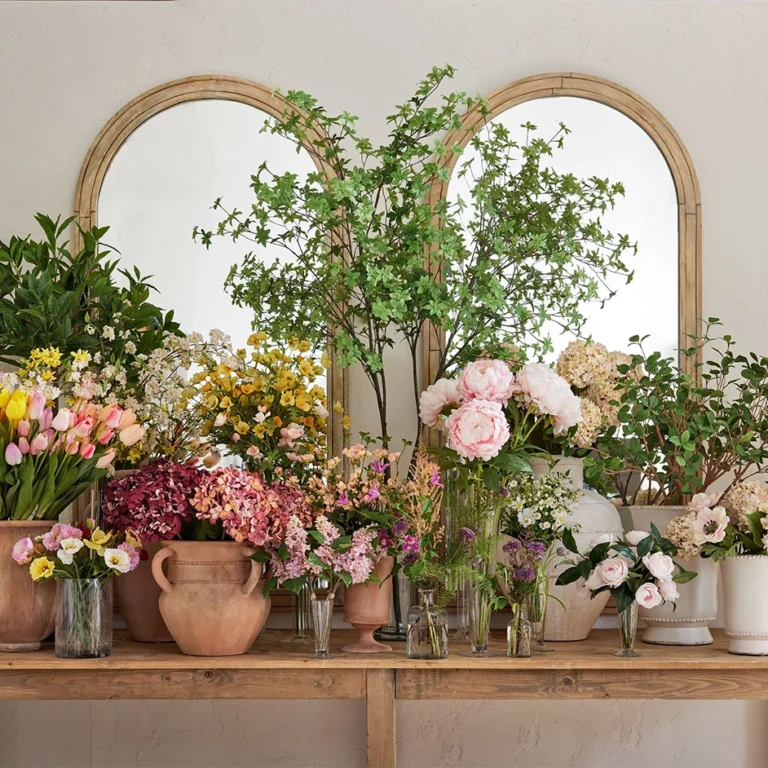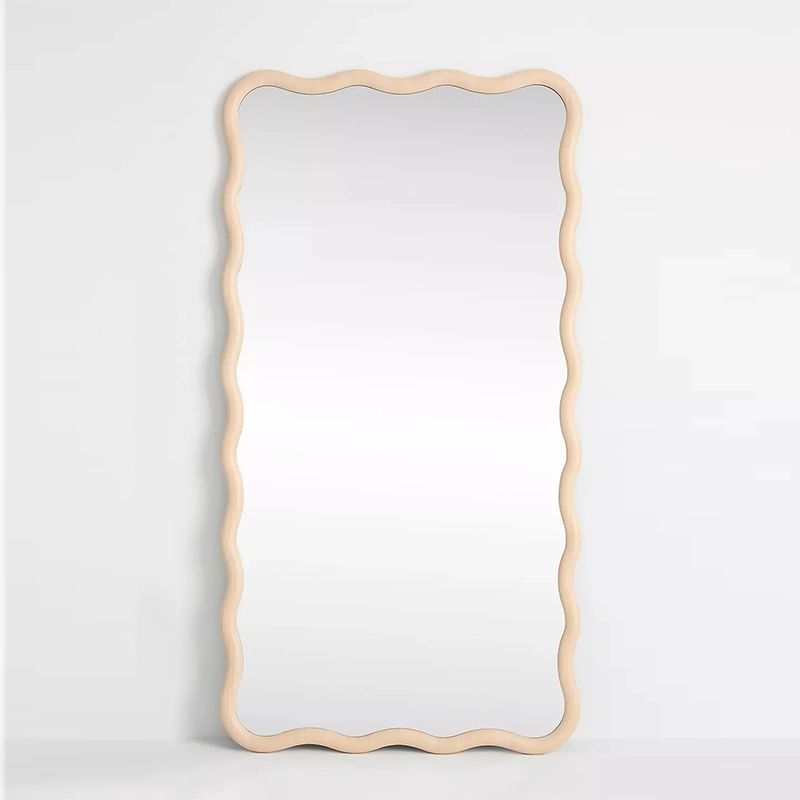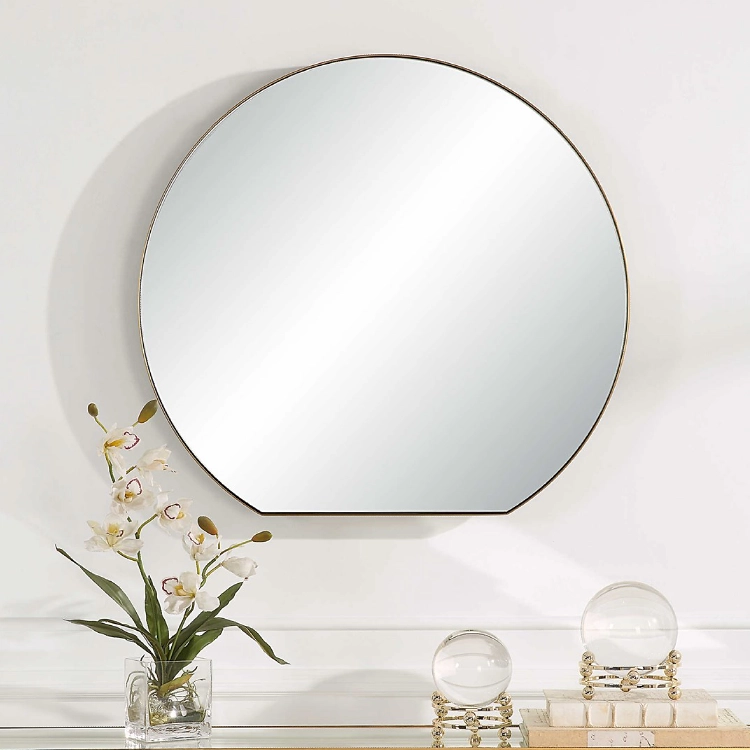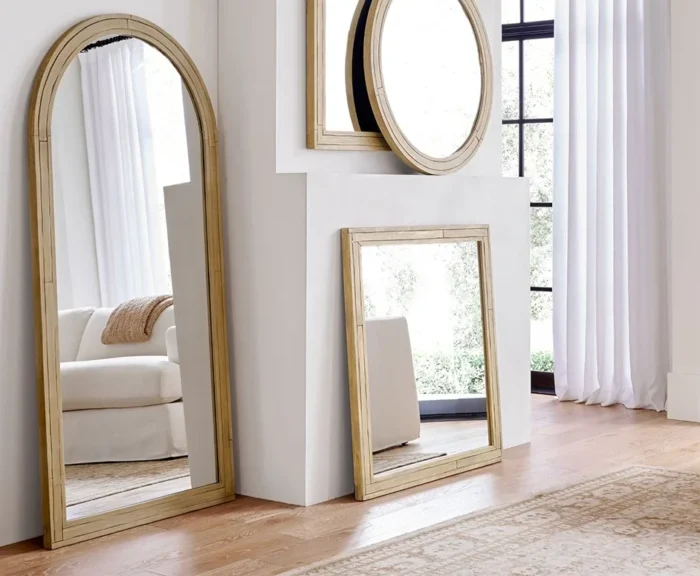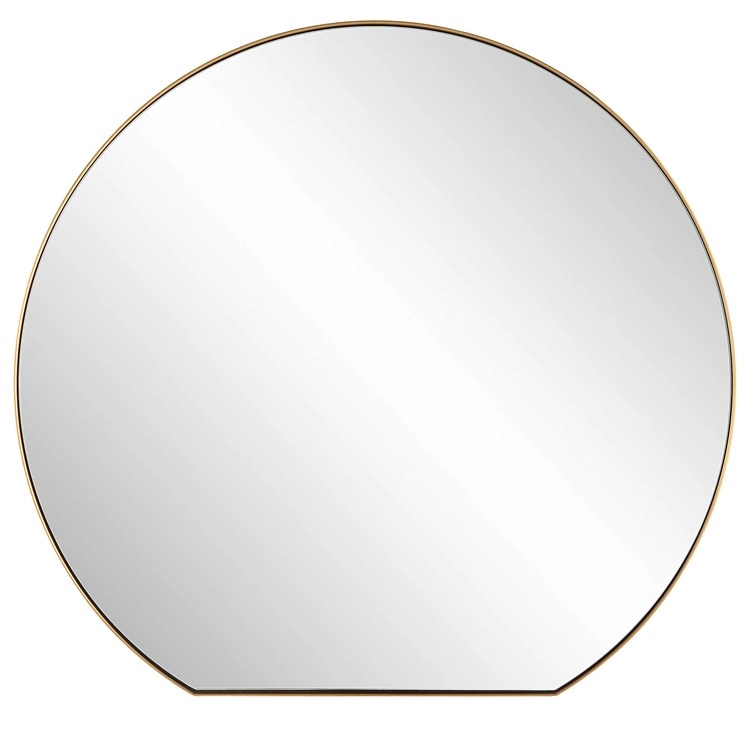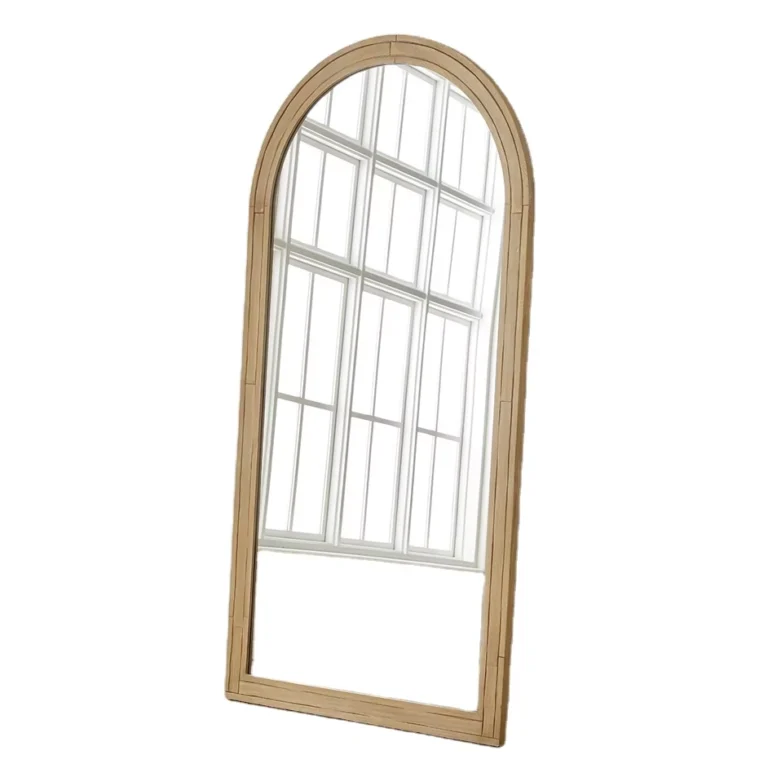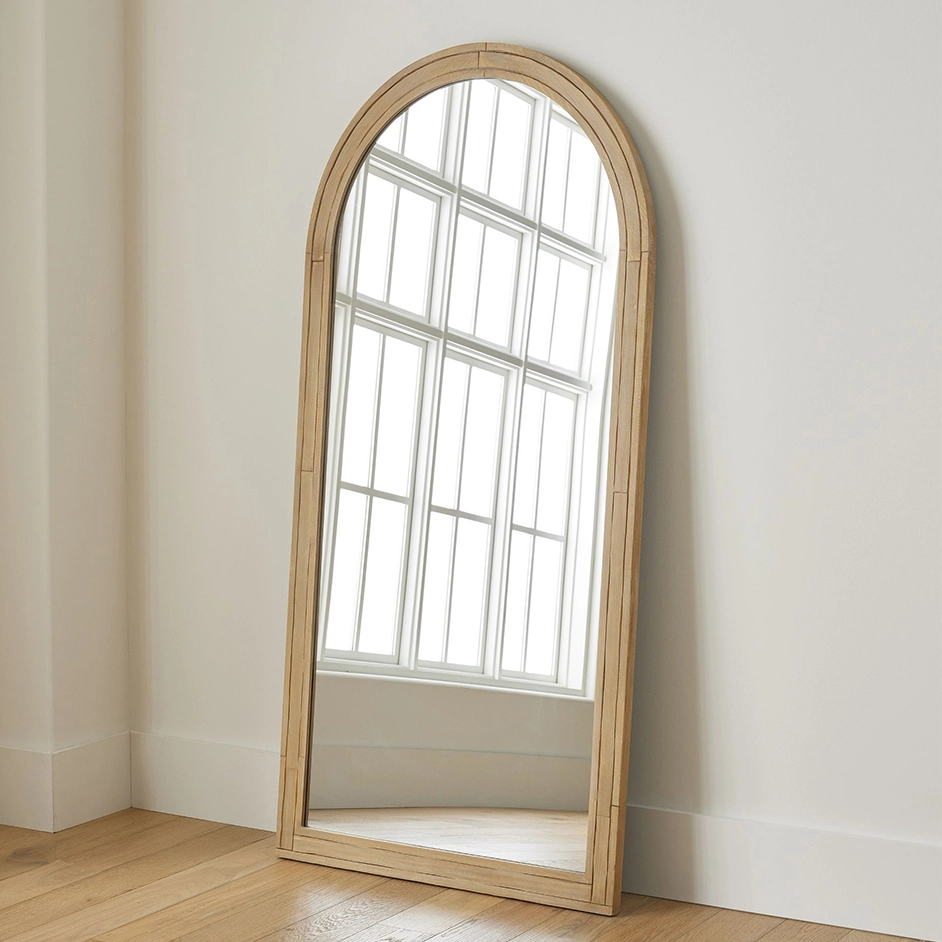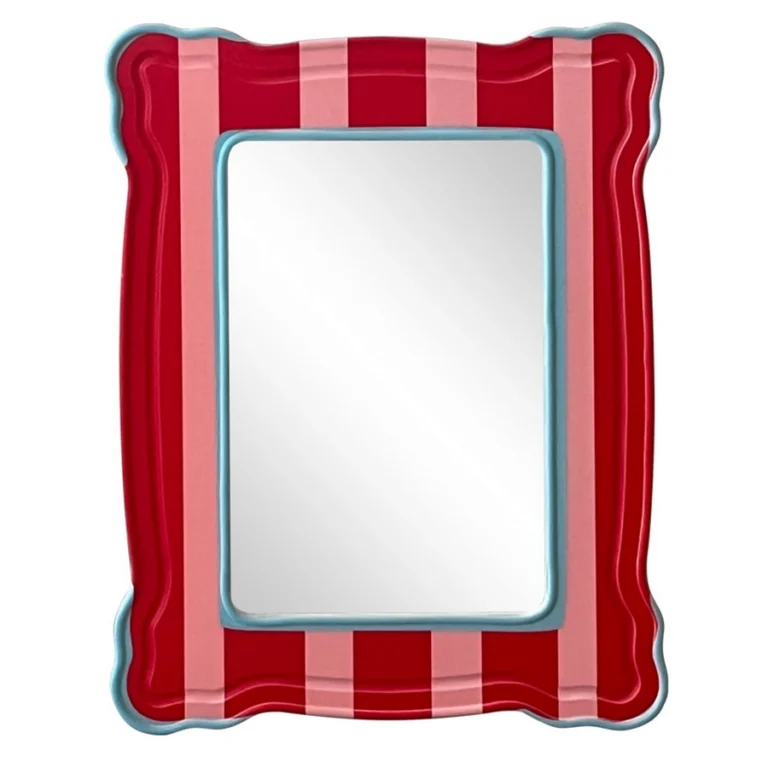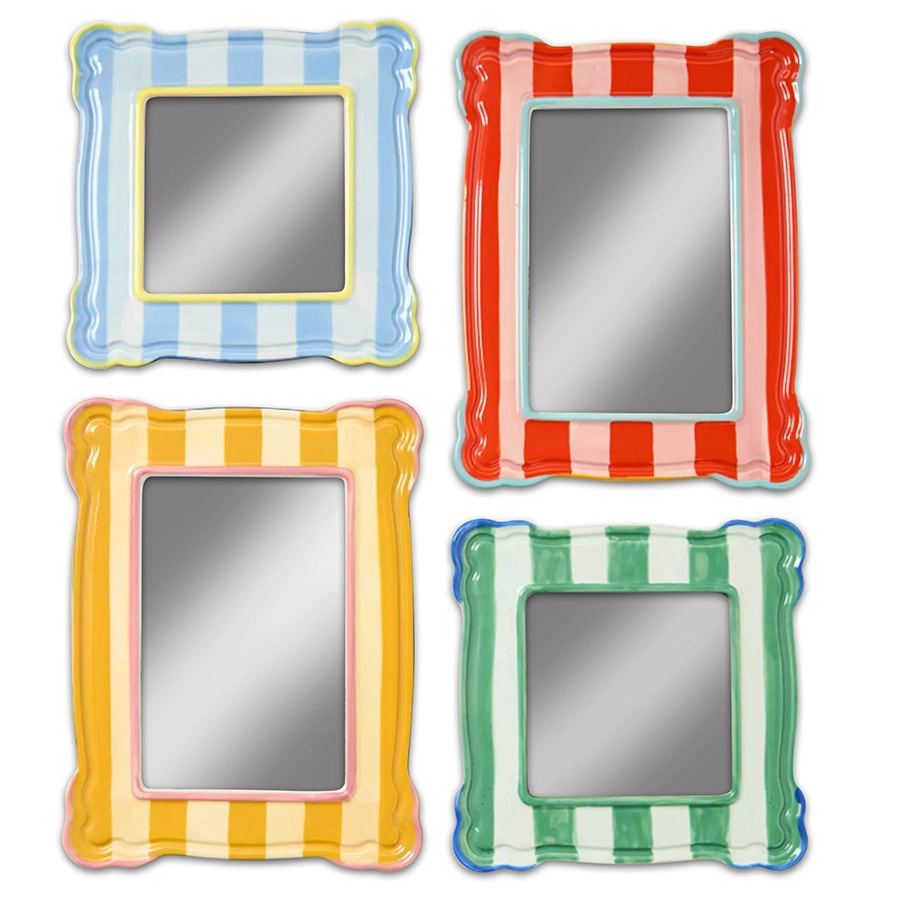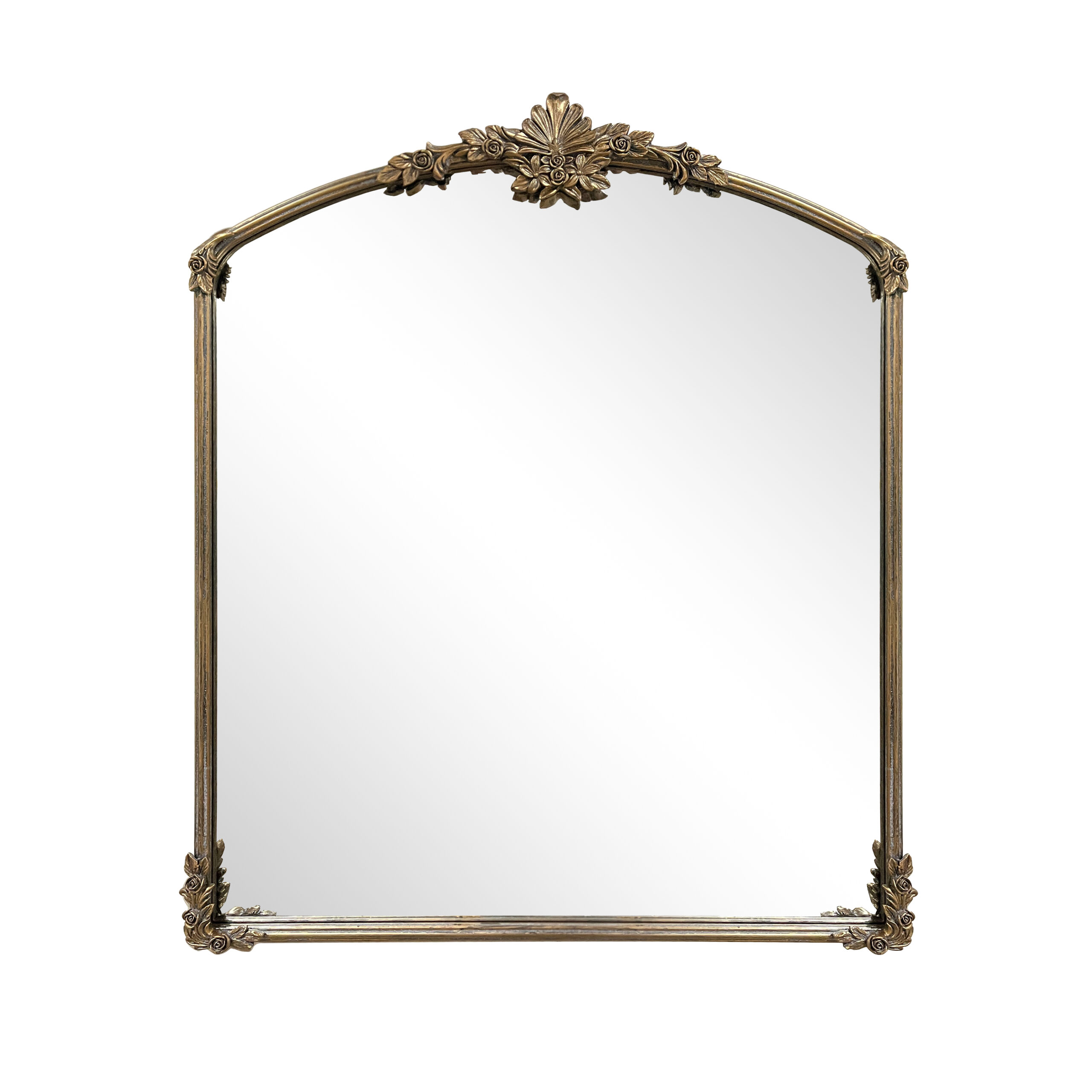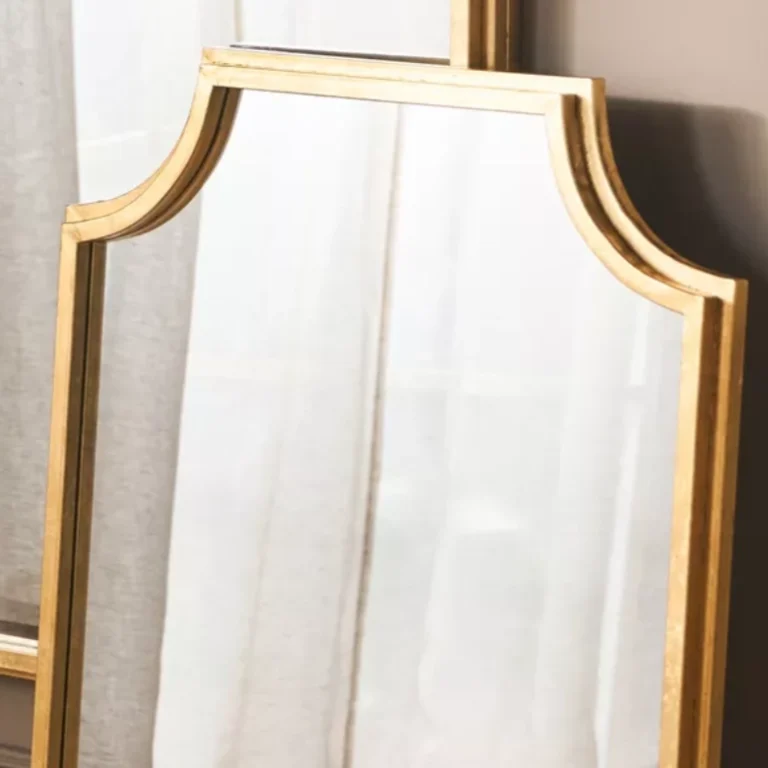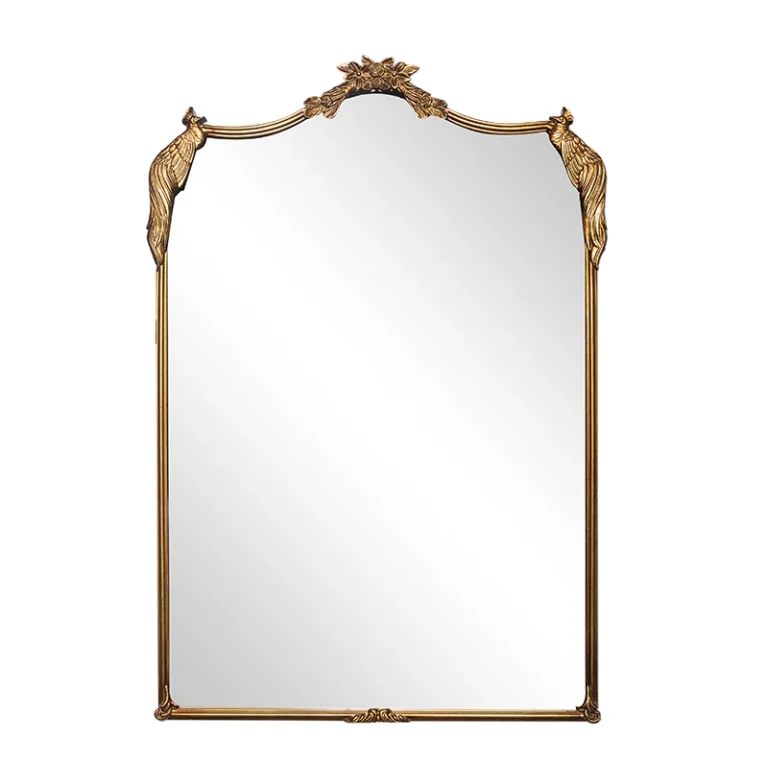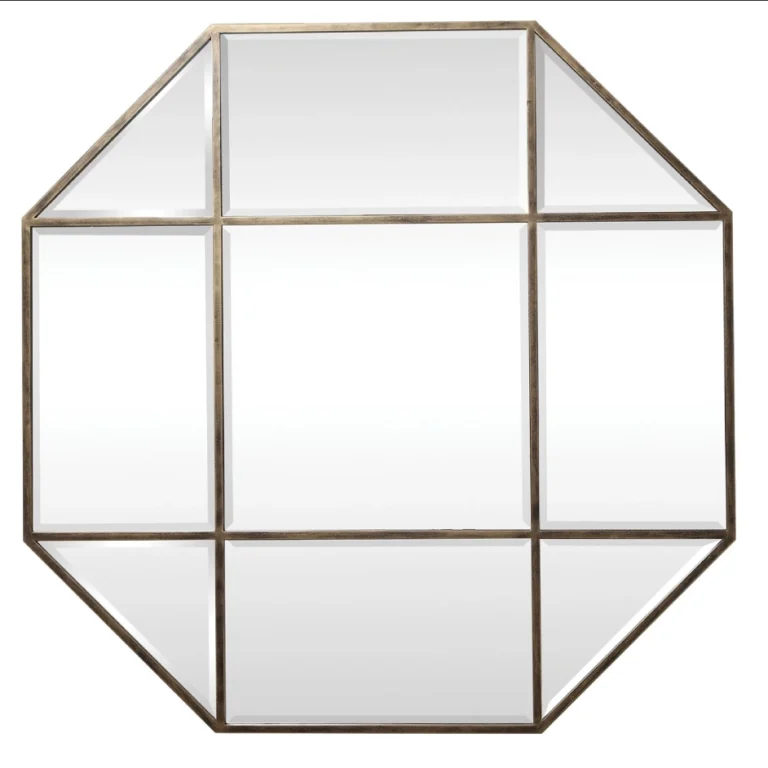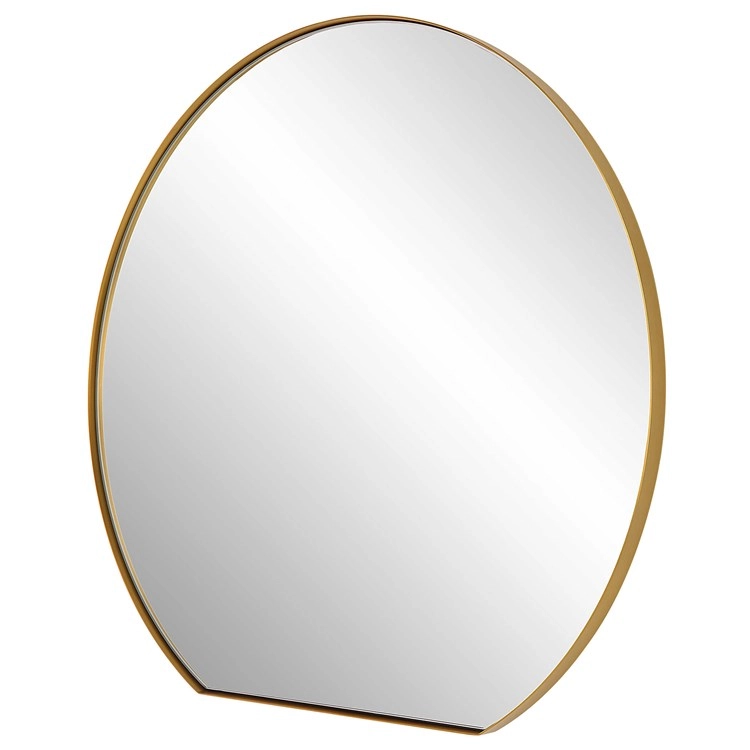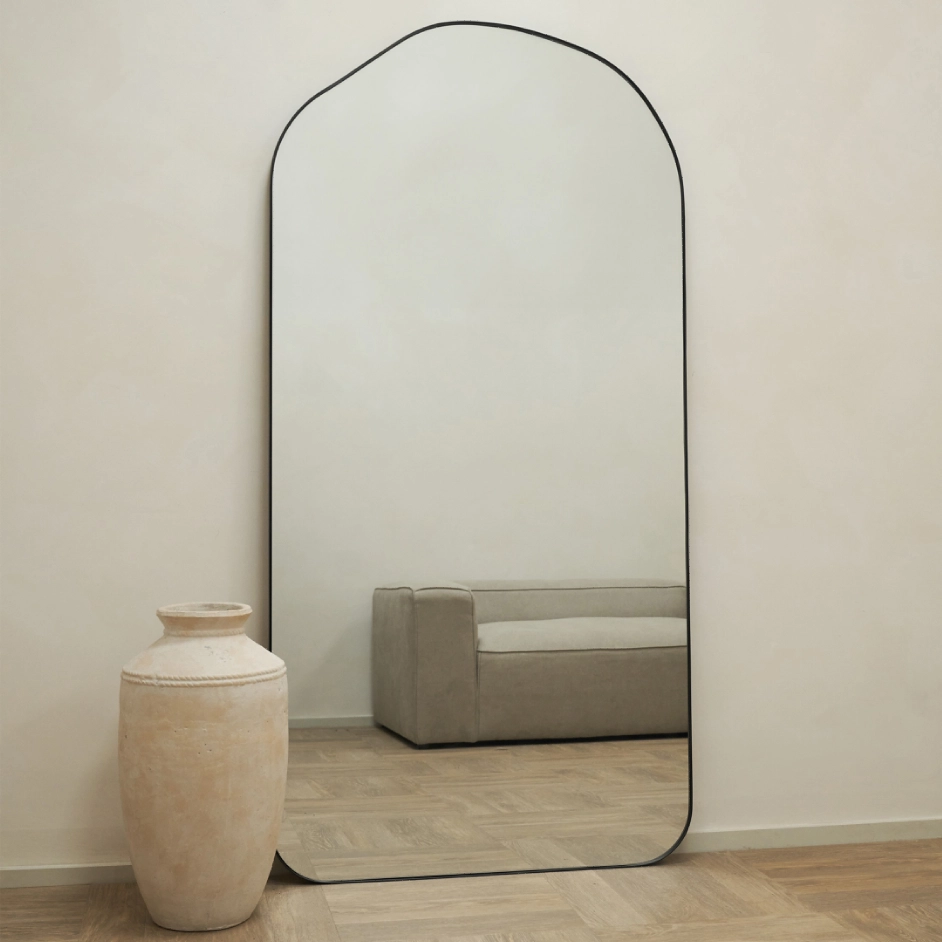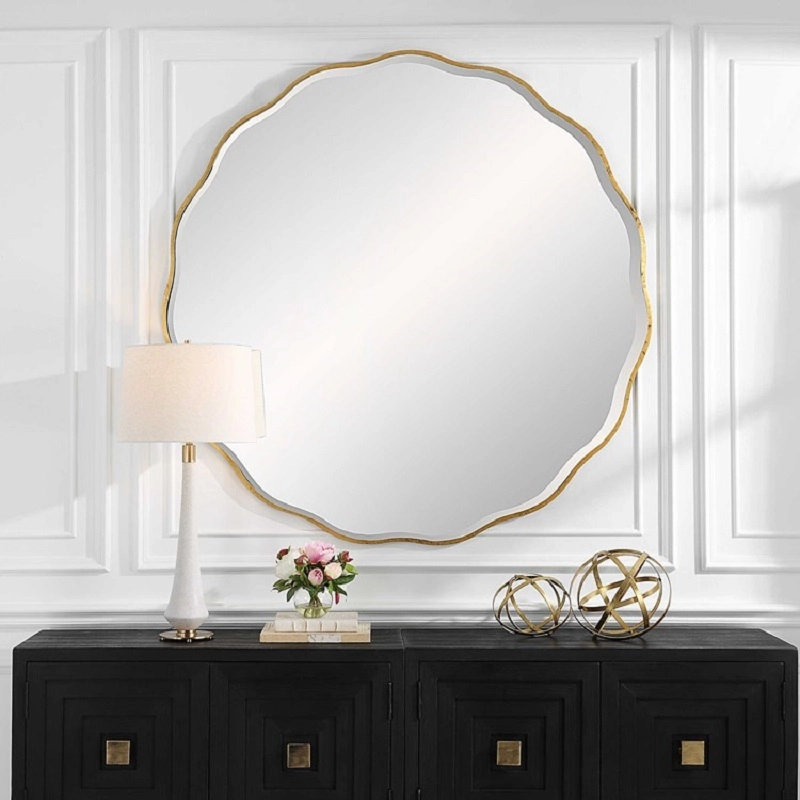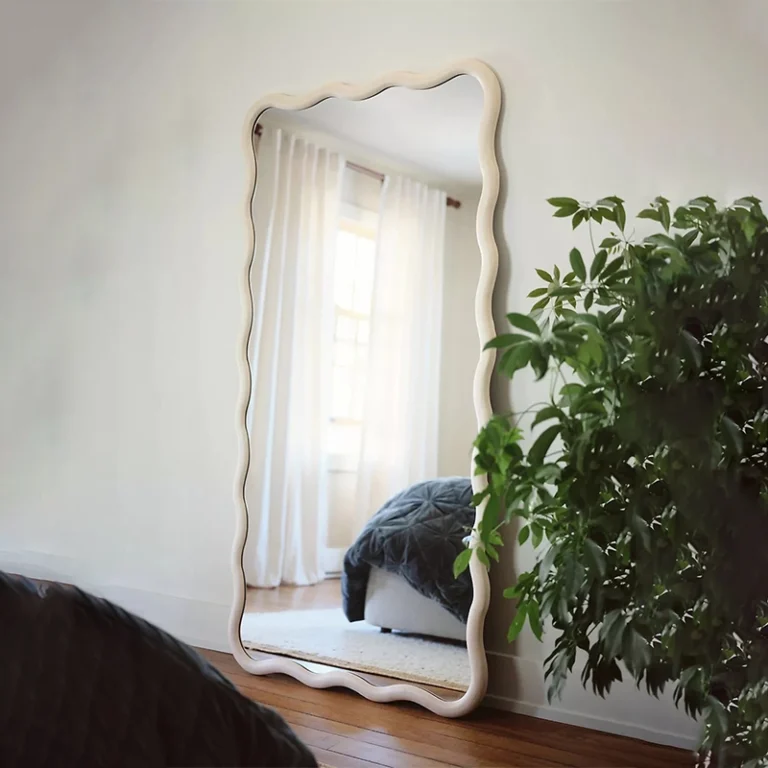Native American mirror
Of course. The term “Native American mirror” can refer to two distinct but related things:
-
A specific type of historical trade item.
-
A broader, modern concept of reflection and representation.
Let’s break down both meanings.
1. The Historical Trade Mirror
These are the physical objects that were highly valued trade goods between European settlers and Native American tribes from the 16th century onward.
Origin and Trade:
-
European explorers and traders (French, Spanish, English, Dutch) brought glass mirrors to North America as part of their trade goods.
-
They were often traded alongside other prized items like glass beads, metal tools, wool blankets, and weapons.
-
These mirrors were not like our modern, large wall mirrors. They were typically small, handheld mirrors made of blown glass with a reflective backing (often a tin-mercury amalgam). They were frequently set in simple frames of wood, leather, or, for more expensive models, brass or pewter.
Significance and Use:
For many Native American cultures, these objects were novel and held deep significance.
-
Practical Use: Obviously, they were used for personal adornment—applying paint, arranging hair, and checking one’s appearance, which was important for ceremonies and social gatherings.
-
Spiritual and Symbolic Meaning: This is the most profound aspect. Many tribes attributed spiritual power to mirrors.
-
Window to the Soul/Other World: Some cultures believed reflections were connected to the soul or a spirit world. A mirror could be a portal or a tool for divination.
-
“Smoking Mirrors”: The concept of a mirror that obscures or diverts sight (like obsidian) is powerful in some Mesoamerican cultures (e.g., the Aztec god Tezcatlipoca’s name translates to “Smoking Mirror”).
-
Power Objects: They were incorporated into sacred bundles, regalia, and ceremonial objects. Mirrors were often sewn onto clothing, dance outfits, and horse tack not just for decoration but for spiritual protection and to reflect away evil influences.
-
-
Status Symbol: Because they were initially rare and acquired through trade, owning a mirror could signify status, wealth, and a family’s connection to trade networks.
Archaeological Finds:
Small glass mirrors are common finds at archaeological sites from the Contact Period (post-1492) across North America, testament to how widely and deeply they were integrated into indigenous material culture.
2. The Modern Metaphorical “Mirror”
In a contemporary context, “Native American mirror” is a powerful metaphor used in discussions of representation, identity, and history.
-
Reflecting True History: It represents the need for history to accurately reflect Native American perspectives, experiences, and contributions, which have often been excluded or distorted in mainstream narratives.
-
Self-Representation: It refers to Native Americans holding up a mirror to themselves to explore their own identity, culture, and heritage, especially in the face of assimilation policies that tried to erase them.
-
Reflecting Society Back on Itself: Native artists, writers, and filmmakers often use their work as a “mirror” to show American society its own history, its stereotypes, and its relationship with indigenous peoples. This can be a challenging but necessary reflection.
-
Art and Literature: The motif of a mirror appears in modern Native American art and poetry as a symbol of identity, fragmentation, memory, and seeing one’s true self within a dual cultural context.
Key Differences Between Meanings:
| Feature | Historical Trade Mirror | Modern Metaphorical Mirror |
|---|---|---|
| Form | A physical object (glass, metal) | An abstract idea, a concept |
| Purpose | Practical use, trade, spiritual item | Discourse on identity, representation |
| Era | Primarily 16th – 19th centuries | Late 20th century – Present |
| Context | Material culture, archaeology | Sociology, art, literature, politics |
In Summary:
When you hear “Native American mirror,” it could be referring to a historical artifact that revolutionized personal and spiritual life through trade, or it could be a metaphor for the ongoing struggle for accurate representation and self-understanding in the modern world. Both meanings are deeply significant.
Generally speaking, our order requirements are as follows: the minimum order quantity (MOQ) for large items is 50 pieces, for regular items it is 100 pieces, for small items it is 500 pieces, and for very small items (such as ceramic decorations) the MOQ is 1,000 pieces. Orders exceeding $100,000 will receive a 5% discount. The delivery timeline is determined based on the specific order quantity and production schedule. Typically, we are able to complete delivery within two months.
